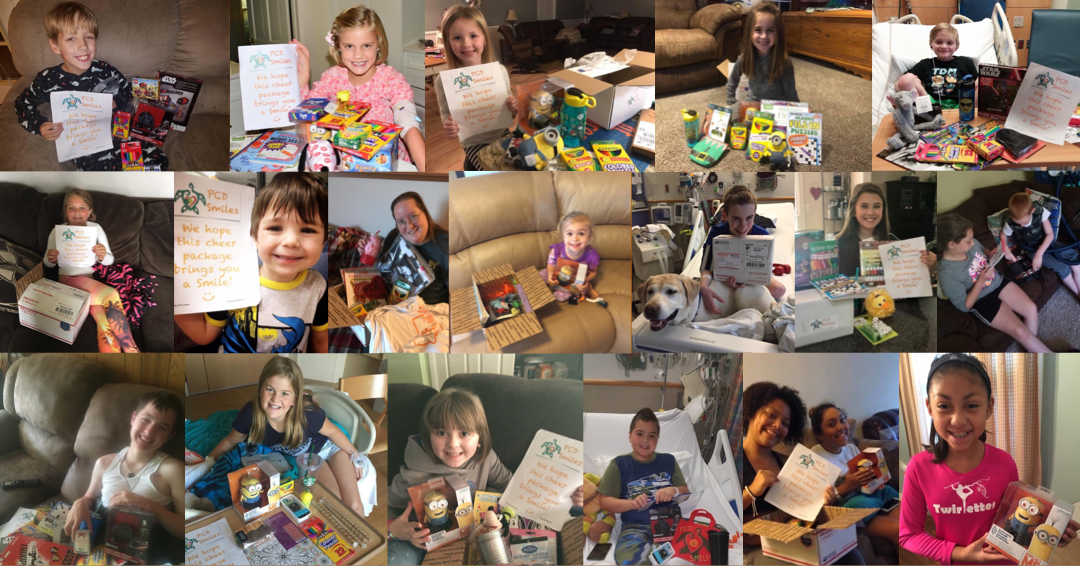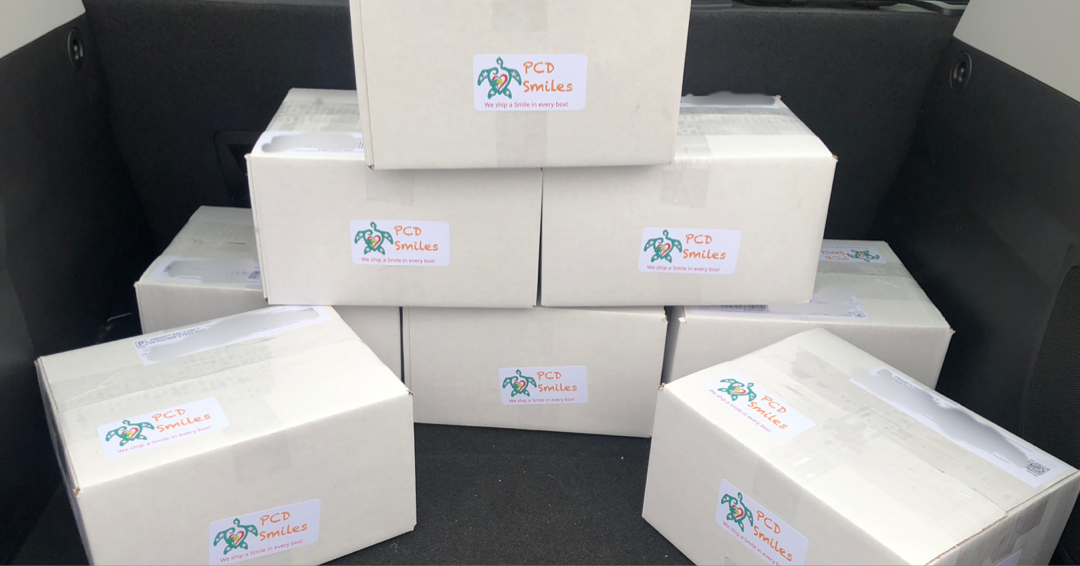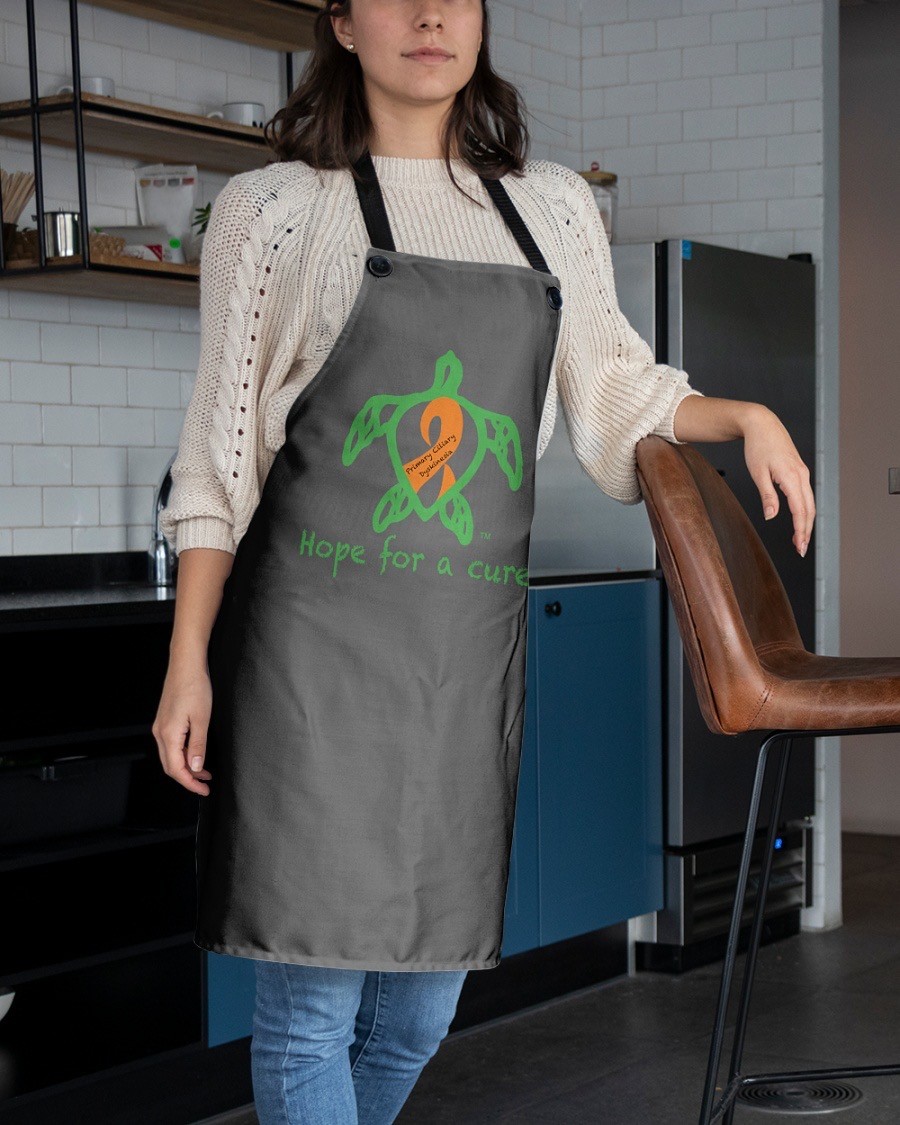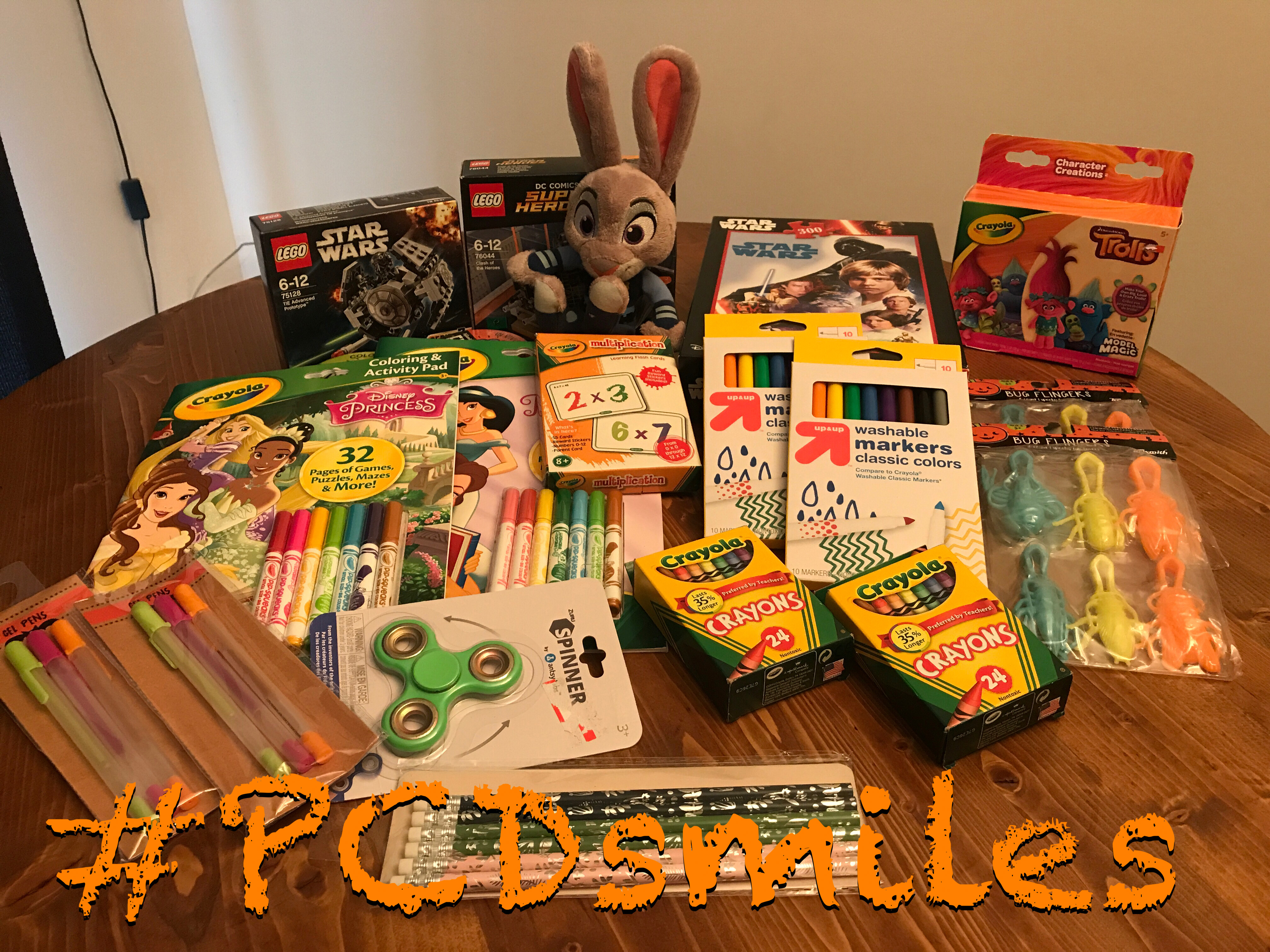Pulmonary rehabilitation is often prescribed for pulmonary patients who have chronic lung disease and continue to decline or have complications despite being prescribed the standard medical treatment for their particular lung disease. In pulmonary rehab the patient’s care plan is based on the individual patient’s needs. Topics covered in a pulmonary rehabilitation program can include nutrition, mucus clearance techniques, oxygen, energy conservation, exercise, community resources, disease knowledge, evaluation of patient equipment needs, and many others.
To better enable the respiratory therapist develop a care plan tailored to the specific patient’s needs, at the start of the program the patient will be evaluated using the six minute walk test. This test is designed to see how well and how far the patient can walk for, for a full six minutes. Before the patient starts the test, they will sit for approximately five minutes of rest, their blood pressure is taken just prior to the start of the test; and they are hooked up to a pulse oximeter, which will be used to monitor their heart rate and oxygen saturation. During the walk test the patient will walk at a pace they feel comfortable at, while their heart rate and oxygen saturation’s are being monitored throughout the entire six minutes. They are encouraged to keep moving as much as they can as fast as they are able. The patient is instructed that they may stop and lean and rest for a few seconds if they feel the need to, but otherwise try to keep moving. At the end of six minutes the patient’s blood pressure is taken again and their heart rate and oxygen saturation is closely monitored until they return to a normal range. The patient’s blood pressure, heart rate, and oxygen saturation is again taken five minutes after the time noted for the end of the patient’s walk test (basically to see how the patient has recovered five minutes after finishing the walk test. The results of the walk test are then used to tailor a pulmonary rehabilitation exercise program that will meet the needs of thar particular patient.
The next rehabilitation session after the evaluation session the patient will receive their personally tailored exercise plan and schedule of exercise sessions that they will complete during pulmonary rehabilitation; exercise sessions are done with the care and guidance of a respiratory therapist and a physical therapist during each exercise session. Exercise sessions for pulmonary rehabilitation are typically done two days a week for approximately nineteen sessions. During the exercise portion of their rehabilitation program the patient’s vitals will be monitored and evaluated to tweak their exercise program on a daily basis. Their oxygen support needs will be continually monitored and evaluated during aerobic exercise and weight training. Respiratory patients typical will have trouble with their oxygen saturation dropping during aerobic exercising either on the treadmill, the stationary bike, or the elliptical machine. Most patients with obstructive lung disease/ disorders like PCD will have the most trouble with the treadmill; where the patient has to carry and move their entire body. Exercises where obstructive lung disease/ disorder patients can sit down, like the stationary bike and weight training, are typically where these patients tire out less than those with restrictive lung disease/ disorders. Restrictive lung disease/ disorder patients tend to do better on the treadmill and worse on exercises while seated. During the exercise sessions patients will also be coached to use proper breathing and energy conservation techniques while exercising; like pursed lip breathing and diaphragmatic breathing.
The second part of a patient’s weekly pulmonary rehabilitation program is educational classes, which are typically held one to two days a week. Educational classes can be done in one on one sessions with the educational instructor or the classes can be held in a group setting with an educational instructor. The patient can also request one on one training only, or certain classes as one on one. Typically mucus clearance technique classes for those with PCD, in this writer’s opinion should always be done one on one. In PCD where germs, bacteria, and debris that are breathed into the patient’s lungs can stay in a PCDers system for up to seven times longer than they do in a non PCD patient’s system; a group setting where other respiratory patients are practicing mucus clearance techniques in close proximity of one another in an enclosed classroom is not the ideal setting in infection control for the PCD patient. Also remember the golden rule in infection control and cross contamination protocols, CF and PCD patients should not be in the same sessions; even in pulmonary rehabilitation, and this applies to exercise sessions as well as educational sessions.
In the educational classes, besides mucus clearance techniques we discussed above, patients will learn how to properly breathe to help get the most out of their lungs during a wide variety of activities; including activities of daily living, like dressing, showering, climbing the stairs in their home, brushing their hair, and so on. Patients will also learn how to conserve energy during house keeping duties, shopping, driving, and so forth. The patients will be made aware of community resources available to respiratory patients in their area to help respiratory patients continue to remain active in their community, to help the patients get to where they need to go, and allow the patients to remain independent at home; like grocery shopping delivery services, transportation opportunities to help these patients get around and even to their doctor appointments. Patients will be given the tools to help them better advocate for themselves to their healthcare providers and community outreach programs that are available in their community for respiratory patients. During pulmonary rehabilitation, educational classes on emotions and relaxation are very important as emotions and relaxation can play an important role during a breathing crisis. Most pulmonary rehabilitation programs give the patient the opportunity to pick and choose which educational classes are important to that particular patient, and if that patient wants to skip any classes that aren’t important to that patient; it is perfectly acceptable for the patient to miss those classes. In this writers opinion; if it’s the patient’s first or second time through a pulmonary rehabilitation program, the patient should attend all sessions. The same is true if it has been years since the patient has been through a pulmonary rehabilitation program, because technology and research in the pulmonary field is always changing and advancing.
Educational classes that should be done on a one on one basis for each patient are as follows; equipment evaluation, medications, disease knowledge, nutrition, and supplemental oxygen needs. The patient’s medications and proper delivery of said medication should be evaluated. Instructions on how to get the most out of your inhaled medications should be given through coaching and demonstration. Medication taken through nebulizers is often thought to be the easiest and most effective medication delivery method for respiratory patients; mainly because the patient doesn’t have to think or use a specific breathing technique to ensure most of the medication actually gets into the lungs versus the digestive system. However nebulizers are time consuming and less transportable than inhalers. Inhalers are as effective as nebulizers, if, if the patient uses them properly. Inhalers used without proper techniques and spacers are less effective if the bulk of the medication ends up in the patient’s digestive system instead of their respiratory system. Patients should be given instructions on how to use spacers with inhalers to enable the medication to be properly inhaled into the lungs. The patient’s current respiratory equipment should be evaluated and upgraded as needed; including nebulizers, airway clearance devices, and supplemental oxygen equipment. This is also a great time to see if the patient could benefit from newer technologies available in current respiratory equipment that the patient may or may not already have. These one on one sessions with the respiratory therapist should include direct educational knowledge of the exact patient’s respiratory disease/ disorder. The respiratory therapist should be able to answer the patient’s specific questions about their disease/ disorder and address the patient’s individual concerns about their disease/ disorder. If the patient is deemed during their pulmonary rehabilitation program to need supplemental oxygen during activity, sleeping, and or during everyday activity; then extensive training and educational instruction should take place in both the exercise sessions and educational sessions, whether or not these sessions are done in a group setting or in a one on one session.
Nutritional education for respiratory patients is an important part of maintaining respiratory health, whether the educational session are private or done in a group is up to the patient and their therapists (respiratory and physical). Good nutrition is essential in any respiratory disease/ disorder. eating too much in a single setting can lead to the patient experiencing shortness of breath due to the addional abdominal weight of the food. Whereas eating too little can lead to losing muscles that helps the patient breath more easily. Protein is an important dietary nutrient that helps repair tissue, build muscle, an helps the body fight infections. Respiratory patients need a minimum of nine ounces of protein a day. Healthy sources of fats are a concentrated form of energy that is virtual to respiratory patients; if the patient needs more calories, this is where they should get those calories from, healthy fats. Patients should avoid unhealthy fats, that promote heart disease, when trying to increase their caloric intake. Carbohydrates are another topic to cover, as carbohydrates are hard on the respiratory system. During the metabolism or processing of carbohydrates in the body, carbohydrates are broken down into CO2 (carbon dioxide) and H2O (water). The water is then processed out of the body through the kidneys. The carbon dioxide has to process out of the body through the lungs. Eating too much carbohydrates puts an extra load on the lungs in the form of exchanging carbon dioxide with oxygen; this can tire out an already tired respiratory patient. Complex carbohydrates are better for respiratory patients, because they stay around in the body longer and take longer to breakdown into carbon dioxide and water. Simple carbohydrates breakdown more quickly than complex carbohydrates after eating and result in higher carbon dioxide production; which increases a respiratory patient’s shortness of breath and tires the patient out more quickly. Nutrition plays a huge role in maintaining respiratory health, symptoms, and exacerbations; today’s topic barely covers these ways, but we will be revisiting nutrition in future topics where we will separate the myths from the facts in respiratory health.
Pulmonary rehabilitation is a great resource and program for all respiratory patients. No matter how many times a patient attends a program there is always something to learn. However a word of caution, from this writer’s perspective; if the pulmonary patient is a retuning rehab client and the program in question says that the patient is an old pro that the rehab program doesn’t think that they can teach the patient anything new, find a new program... These pulmonary rehabilitation programs can and are often used to tweak and remind patients about things and techniques that they may have become lackadaisical with, that the patient might not have ever been taught, and to help the patient have a better overall quality of life. Pulmonary rehabilitation programs can be attend many times throughout the patient’s life span, usually at the discretion of their pulmonary physician or even their insurance carrier. Insurance companies will usually recommend pulmonary rehabilitation after the respiratory patient has gone though repeated exacerbations, just as a check up to see if there is something that can help the patient stay their healthiest. However, Medicare coverage has certain lifetime caps on pulmonary rehabilitation program visits, once a patient is covered by Medicare; currently the cap is set at 19 days/ sessions per a patients lifetime.
Be sure to visit us next week for another Topic Thursday!
Join our Facebook group Turtle Talk Café today, click here.
We have several ways that you can donate to PCD Smiles;
- Visit Smile E. Turtle's Amazon Wishlist
- For more information on how you can donate, please visit our "Donation" page to check out our "Do & Don't policies.
- Or sponsor a PCD Smiles cheer package today!
- To shop for your “Official” turtle care ribbon gear today, visit PCD Style or Smile E. Cove
Thank you for your consideration!














